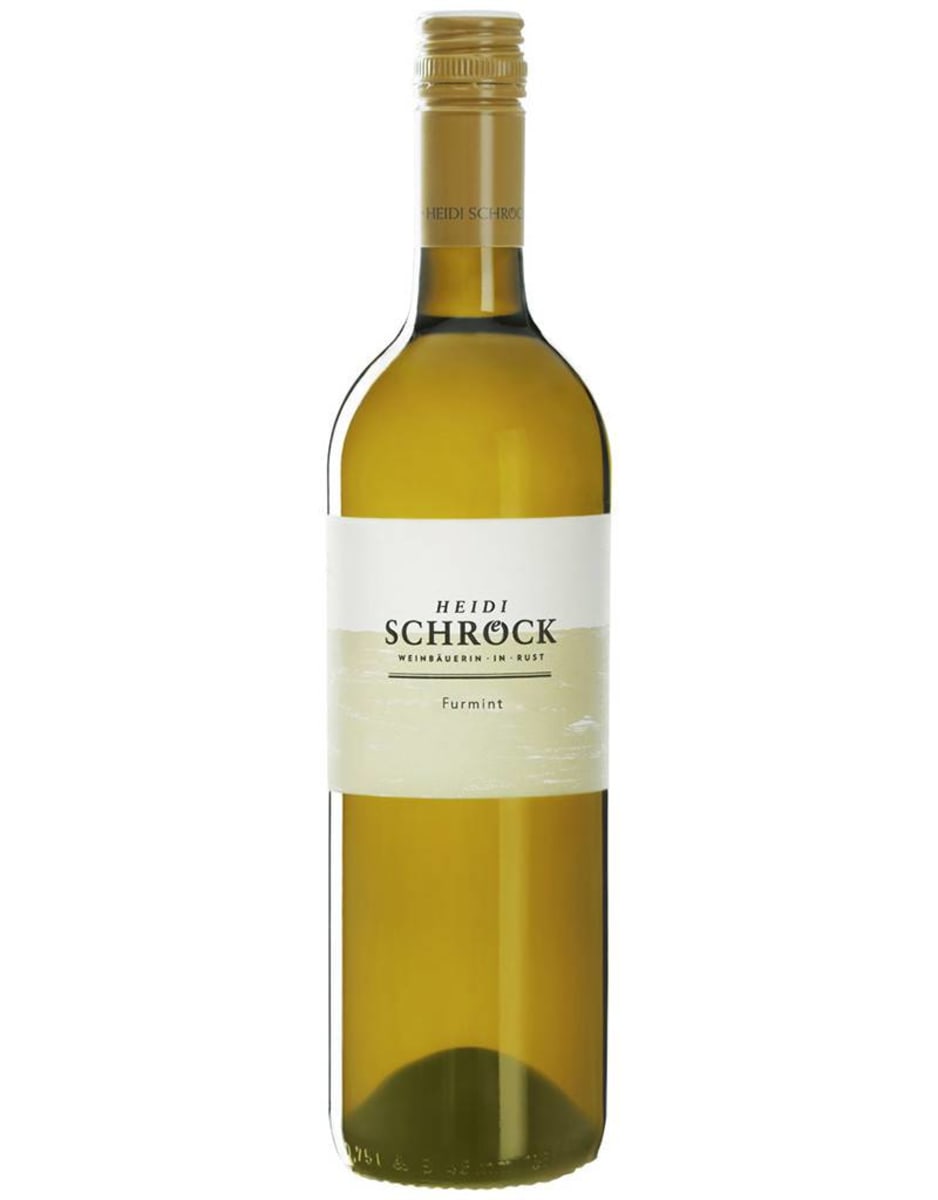Heidi Schrock & Sohne Furmint 2017
-
Wine
Spectator



Product Details
Your Rating
Somm Note
Winemaker Notes
This has been leaning “natural” or in other words, aldehydic, and I’m not sure I welcome it. You may feel different if your palate is “conditioned” to these elements. I personally think Furmint is inherently exotic enough and should probably be made scrupulously. In the tulip it was like a chewy and somewhat edgy-funky Chenin, quite dense in texture, with only an inference of chamomile. Heidi won’t be surprised to read this, as I spoke with her about it. She knows I don’t want her Furmint to be modern, just on the safe side of funky
Professional Ratings
-
Wine Spectator
Elegant and very fine, with a waft of graphite and cardamom behind the melon and blood orange notes, lingering with traces of sea salt and chalk. The lovely, coating texture adds to the charm. Fine length. Drink now through 2024.
Other Vintages
2022-
James
Suckling





With vineyards that point towards the southeast and have sunlight from morning till evening. The oldest vineyard was planted in 1955 and the youngest was opened in the Riede Vogelsang area in 2013. (Riede is an Austrian term describing special winegrowing areas.) There is an oversee a rather broad spectrum of grapes, with Welschriesling, Weissburgunder, Grauburgunder, Furmint, Gelber Muskateller, Sauvignon Blanc, Chardonnay, Blaufränkisch and Zweigelt. Many hardworking helpers harvest the grapes exclusively by hand. For the dry white wines, the grapes are de-stemmed and pressed and the wine lees settle overnight. Subsequently, they ferment at 19° to 20°C and then remain on the yeast for some time, which allows them to develop their typical character and style. The red wines are fermented at 29°C and then lie on the skins for about 14 days before being gently pressed. Subsequently, they ripen for 9 months (Zweigelt) or 14 months (Blaufränkisch) in large oak barrels in the wine cellar.

Native to Hungary, Furmint is the white grape variety principally responsible for the highly desired, historically important and lusciously sweet, elixir called Tokaji. The wine called Tokaji is named after the Hungarian region from which it comes: Tokaj. More recently the motivations of proud, young Hungarian winemakers have brought Furmint into a new light as a delicately crisp and dry white. Somm Secret—The sweetest version, Tokaji Eszencia, contains so much sugar that it has an aging capacity of 200 years!

Fog and humidity arise from the Neusiedlersee (lake), and extend over the wet flatlands region of the same name, all the way to Austria’s border with Hungary. This moisture, coupled with the daily sunshine that reflects from its wet surfaces, serves as the perfect environment for the development of the desirable fungus called, Botrytis cinerea.
This fungus causes the grapes to essentially “rot” and dry, concentrating their sugars for harvest. It also helps the grapes develop intricate phenolic complexities leading to some of the most sought-after and unique sweet wines in the world. Austrian law categorizes these botrytized, sweet wines according to the must weight (sugar concentration) at harvest in the same way as the Germans. So the wines will be labeled, Auslese, Beerenauslese, Trockenbeerenauslese and Eiswein.
While the region’s reputation has historically ridden on the success of its sweet, botrytized wines, in 2011, Austria granted the official appellation of origin, Neusiedlersee, to its high quality Zweigelt red wines. As a result, any of its prestigious sweet wines will be actually be labeled after the general region of Burgenland.
Neusiedlersee’s slopes of mica, schist, limestone and variations in gravel, sand and clay make it ideal for its indigenous red varieties, Blaufränkisch, St. Laurent and Zwiegelt, as well as the international varieties of Pinot Noir (Blauburgunder), Merlot, Cabernet and even Syrah.
Though not widely planted here, some white wines, such as Pinot Blanc (Weissburgunder), have distinguished themselves locally.
